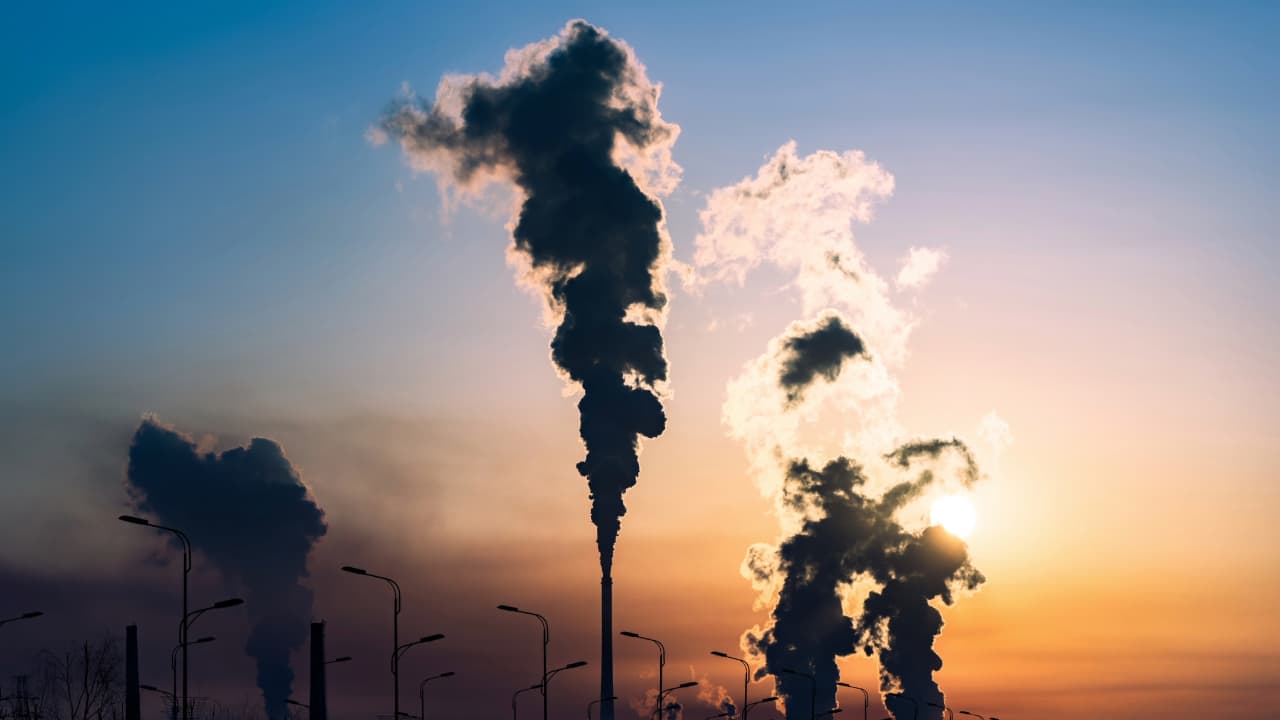A McGill study uncovers Montreal’s biggest methane pollution sources. Find out why old landfills and a massive snow dump are creating hotspots, especially in the east end.
Snow dumps and old landfills are major sources of methane pollution in Montreal. Researchers from McGill University found that methane levels in the city are not spread out evenly but are highest in the east end. The biggest contributors to this pollution include Montreal’s largest snow dump, old landfills that are no longer in use, and leaks from natural gas pipelines.
Methane is a strong greenhouse gas. Even though there is less methane in the atmosphere compared to carbon dioxide, each methane molecule traps about 32 times more heat. This makes methane a major player in global warming. The research was published in Environmental Research Communications.
Montreal Methane Hotspots
The research team conducted a mobile survey over four years, from 2019 to 2024, covering more than 3,300 square kilometres of Montreal and surrounding areas. They used special instruments to measure methane and carbon dioxide levels every second, collecting a large amount of air data during their travels.
They found over 3,000 methane hotspots, areas where methane levels were much higher than average. While the number of hotspots is lower than some other big cities, these areas still emit a significant amount of methane and require attention.
Old landfills were expected to be major methane sources, and they proved to be. However, the researchers were surprised to find that Montreal’s largest snow dump, known as Francon Quarry, emits methane at levels similar to landfills. This dump collects the snow cleared from city roads each winter. When the snow melts, it forms a lake, creating the right conditions for certain microbes that produce methane. This makes the snow dump a major source of methane pollution.
The highest methane levels are found in the east end of the city. This area has many old landfills and also more gas leaks, especially due to older underground pipelines.
Douglas explained, ” Most gas leaks are concentrated where we use this older infrastructure. But we really focused on population density. With more people, there are more natural gas lines and more leaks.”
The study involved regular surveys on three fixed routes across the city. Two of these routes passed through densely populated areas, and one was near the Lachine Canal. The researchers travelled these routes weekly for 10 weeks to observe how methane levels changed over time.
Why Is It Important
The researchers noticed that methane levels would rise and then fall, which helped them identify the exact sources of the gas. They also used wind data to help locate where the methane was coming from.
The study will continue in the future to track how methane levels change with the seasons. The researchers also plan to study how bacteria on landfill surfaces might naturally reduce methane emissions.
This detailed survey provides more accurate data to help Quebec meet its goal of reducing greenhouse gas emissions by 37.5% by 2030. Knowing the exact sources of methane is a key step in addressing this powerful greenhouse gas and slowing climate change.
